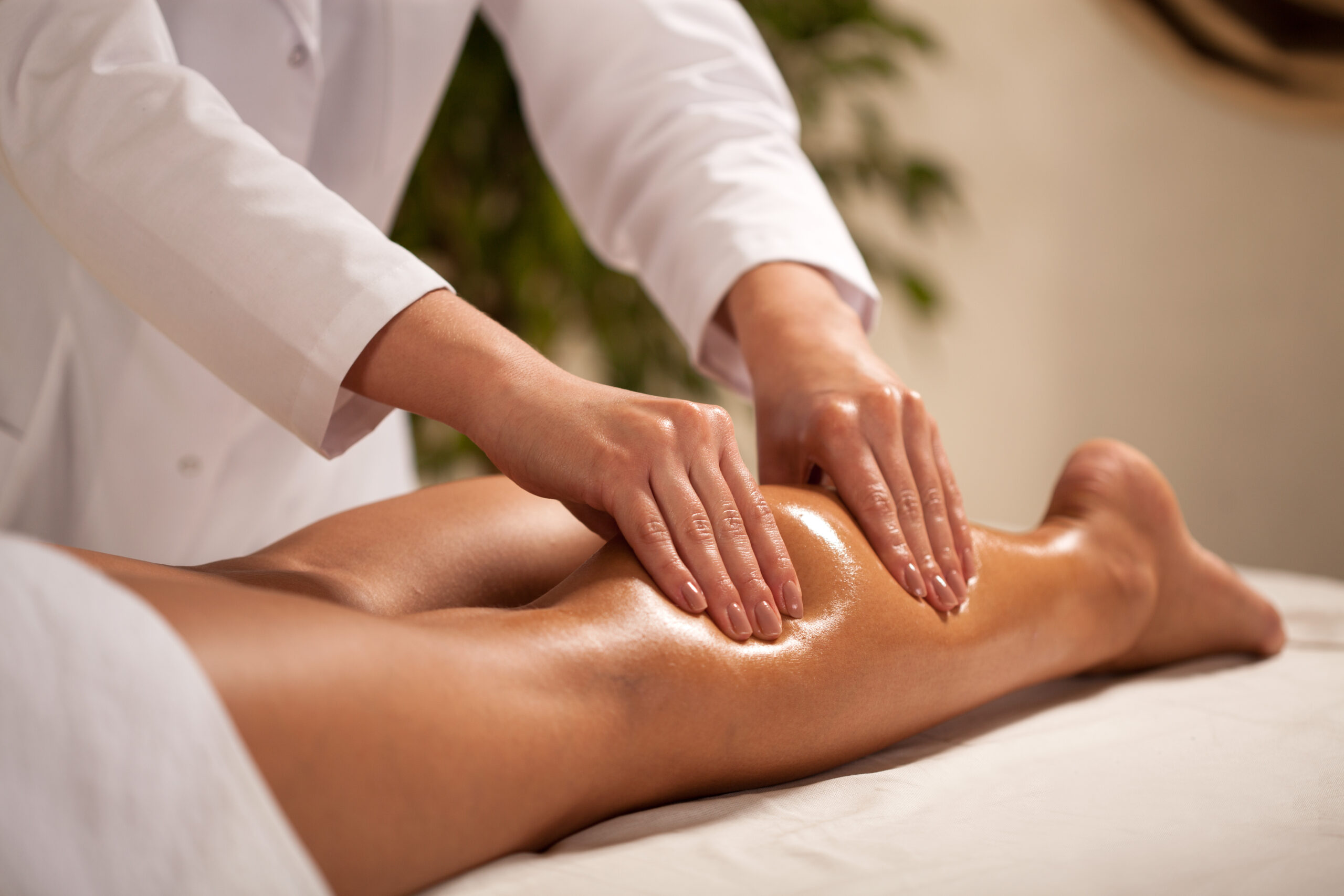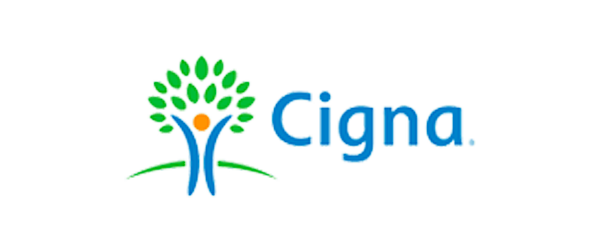While many factors can contribute to a Charley Horse, it’s unclear what causes it — and it takes education to pinpoint the right Charley Horse treatment for your personal situation.
A variety of reasons may contribute, including dehydration, a lack of electrolytes, muscle fatigue, overstretching a muscle, cold weather, and certain medications. In addition to not stretching enough, exercising in high temperatures, eating too little magnesium or potassium, and having a spinal cord injury, you can also trigger a Charley Horse.
With the right treatment, you can safely relieve your back of leg cramps at night using minimally invasive approaches. First, you need to understand what’s happening in your calf muscles, and what makes up those areas of your leg.
Charley Horse Treatment: The Inside of Your Calf is Key
Calf muscles are located behind the shinbone on the back of the lower leg, which is where most Charley Horse treatment pain-management specialists and health care experts will focus on. In reality, it consists of three muscles.
As your muscles work together to help you walk, run, jump, stand on your toes, and flex your foot, calf muscles in particular contain the following arteries and veins:
- The posterior tibial artery. This is a branch of the popliteal artery. As it runs down the leg, it supplies blood to the foot and calf muscles.
- The peroneal artery. This is another branch of the popliteal artery. This vein provides blood to the calf muscles and foot at the back of the leg.
- The posterior tibial vein. This vein drains blood from the calf muscles and the foot up the back of the leg.
- The peroneal vein. This is another vein that drains blood from the calf muscles and the foot and runs up the back of the leg.
Calf muscles receive blood and nutrients from these veins, and waste products are removed from the muscles through these vessels. The calf muscles also have a number of smaller arteries and veins in addition to these main arteries and veins. Individual muscle fibers receive blood from these smaller arteries and veins. This is why your back of leg cramps at night deserve proper care and attention.
Veins, Vessels, and Capillaries
Muscles receive nutrients from blood via capillaries. An artery and vein are connected by capillaries. Since they are so small, only one blood cell can pass through them at a time. Muscle cells absorb nutrients and oxygen from the blood as it flows through the capillaries. Blood also contains waste products from muscle cells.
Concentration gradients drive the diffusion of nutrients and waste products. Different concentrations of a substance can be found between two areas in a gradient. The blood contains more nutrients and oxygen than muscle cells, so they diffuse into the cells from the blood. Muscle cells concentrate waste products more than blood cells, so they diffuse from the cells into the blood. With this visual in mind, you start getting a picture of why suffering through calf and foot cramps at night is serious business.
Capillary surface area also affects this entire process. Blood and muscle cells can diffuse nutrients and waste products more easily when capillaries have a greater surface area. In order to function properly, muscles need a lot of nutrients and oxygen. Capillaries are highly concentrated in muscles in order to cater to this demand. Among the body’s tissues, muscles have the most capillaries.
It’s why muscle cramps while sleeping shouldn’t be ignored — no matter how endurable (or not) they may be.
Zoom In on the Right Treatment for Your Suffering
Acupuncture, massage therapy, vein ablation, or IV hydration are all Charley Horse treatment options.
Massage therapy increases blood flow to the affected muscle, which helps relax the muscle and reduce pain. When not broken up by massage therapy, scar tissue and adhesions can also contribute to a Charley Horse. With a deep tissue massage, stretching can also help relax the affected muscle and reduce pain. Firm pressure breaks up scar tissue and adhesions. Myofascial massages release the fascia that surrounds your muscles with gentle pressure. This contrasts trigger point therapy. Oftentimes, a patient’s back of leg cramps at night won’t stand a chance against massage therapy.
A noninvasive treatment for varicose veins is vein ablation. After a specialist inserts a thin catheter into the affected vein, they seal the vein using either heat, radiofrequency, or chemicals. On an outpatient basis, doctors typically take an hour to fully perform this procedure.
Your Charley Horse caused by varicose veins has other solutions as well. Laser ablation has proven itself as a tried-and-true method. Laser ablation can help cure your frequent calf cramps at night. Similarly, laser ablation heats and closes affected veins. A laser ablation or radiofrequency ablation can be effective in treating varicose veins. The type of ablation that is best for you depends on the size and location of your varicose veins, as well as your preferences.
Last but not least, IV hydration does not directly eliminate a Charley Horse, but it can reduce its pain and discomfort by increasing fluid and electrolyte levels. To prevent muscle contractions, fluids can be injected into muscles and joints in order to lubricate them. Potassium and magnesium are essential electrolytes for muscle function. Muscles can contract when dehydrated or electrolyte-depleted.
How Cramps and Strains Relate to Charley Horse Treatment
The gastrocnemius and soleus muscles make up the calf muscle — and any Charley Horse treatment specialist will tell you it’s a prime location where they’ll focus on. These two muscles are commonly referred to as one large muscle with two sections because they attach to the Achilles tendon above your heel.
The plantaris is a small muscle that runs along the lower leg between the gastrocnemius and soleus. These three muscles are known as the triceps surae. However, not everyone has a plantaris muscle. Only a small proportion of people have these two large muscles.
When you stand, your calf muscle supports your foot and enables you to move your lower leg. When you walk or run, it propels you forward. Jumping, rotating your ankle, flexing your foot, and locking your knee are also possible. This is why you’ll need to seek immediate attention for your back of leg cramps at night.
Conditions and Injuries
Injuries to the calf muscles are among the most common in athletes. The risk of this type of injury increases for people who play sports that require sprinting and quick footwork. The likelihood of getting leg cramps increases as you age. Approximately three-quarters of people over the age of 50 suffer from leg cramps at some point in their lives.
Lower extremity muscles and calf and foot cramps at night are commonly affected by the following conditions:
- Cramps in your legs. It can be very painful to experience muscle cramps and spasms in the calves. There are times of the day and nights when leg cramps occur. Several factors can cause them, including pregnancy, dehydration, some medications, and certain health conditions.
- Strain in your muscles. Strains most commonly cause injuries to the calf. When you inadvertently stretch a muscle too far you also tear its fibers. Strenuous exercise or overuse can also cause this condition. Sports like soccer, basketball, football, and volleyball that require quick stops and starts and jumping are also prone to this injury.
- A condition known as “compartment syndrome.” As a result of pressure building within a muscle, compartment syndrome can be a serious, life-threatening condition. Blood flow and oxygen levels are decreased due to the pressure. Strenuous exercise or trauma can result in the injury.
- The “tennis leg.” This type of muscle strain injury affects the gastrocnemius muscle. People often refer to it as “tennis leg” because of how the muscle extends the leg and flexes the foot. However, it can happen in any sport. When tennis players “push off” suddenly into motion, their leg is placed in this position.
Non-Exercise Tips and Tricks Charley Horse Treatment
No matter what your level of activity (even lying in bed), there are ways to improve circulation in your legs so you won’t have to go in for Charley Horse treatment. These include walking, ankle pumping, knee bends, leg lifts, heel and toe raises, and ankle rotations. But there’s more, too: Calf stretching, leg stands, heel lifts, squats, using an exercise ball, compression stockings, and even yoga.
You can prevent your swelling and back of leg cramps at night by elevating those legs while you sleep. You should elevate your legs above your heart level. Pillows with wedge shapes make this easier. Elevating your legs in bed with pillows or folded blankets can also help circulation.
For better circulation, elevate your legs with a footstool or hassock if you’re sitting up. Also, an under-the-desk cycling device could be a good investment for those who sit a lot or spend a lot of time watching TV. You should shop around online for elliptical cycles from many different brands and types. Sitting and pedaling increases circulation in your legs, exercises your muscles, and burns calories.
Some Other Options
Herbs and vitamins may increase blood flow overall. Make sure you speak with a health care provider before taking any supplements for improving blood circulation. Certain medications may interact negatively with some supplements. Tackling your painful problem of muscle cramps while sleeping could take multiple angles, treatments, and options.
If you smoke, try to quit. Make sure you stay hydrated. Maintain a balanced diet. Even try a warm bath when needed.
Acupuncture is especially used to treat Charley Horses. Acupuncture is beneficial for people who suffer from chronic back or thigh cramps at night, according to some studies. There isn’t a clear understanding of how acupuncture relieves this problem. When stimulated, acupuncture points relax muscles and reduce pain. By improving blood flow to the affected area, acupuncture therapy may also relieve inflammation and pain.
Find the treatment that’s right for you — immediately.
Wellness and Pain Can Help
A range of Charley Horse treatment options are available at Wellness and Pain. We offer conservative treatments, routine visits, and minimally invasive quick-recovery procedures. We can keep you free of problems by providing lifestyle education and home care advice to help you avoid and manage issues, quickly relieving the inhibiting lifestyle conditions when complications arise.
At Wellness and Pain, we personalize patient care plans based on each patient’s condition and unique circumstances to relieve pain, improve mobility and mental space, and improve your overall health.











